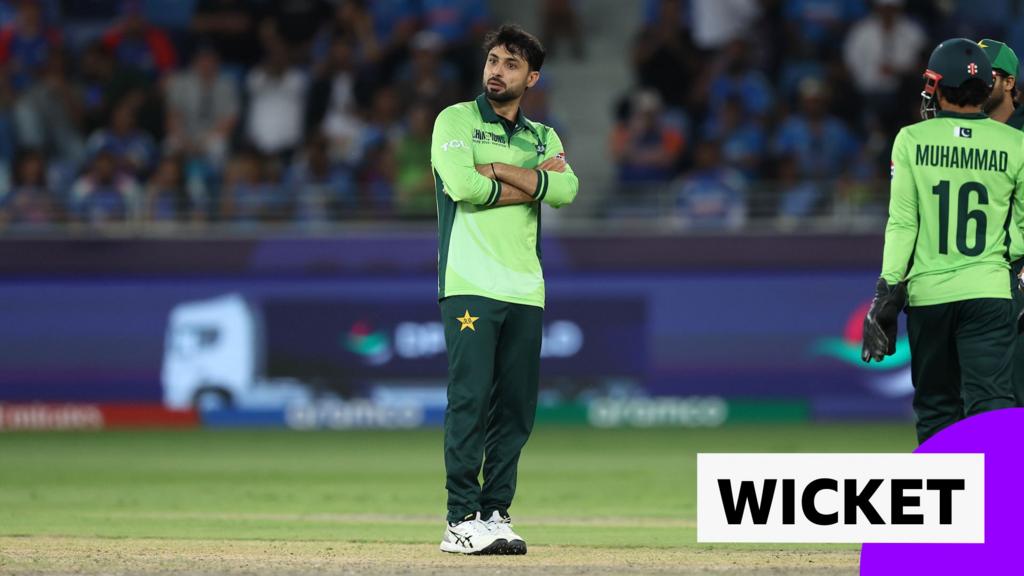It was Robert Frost who advised against ever removing a fence without knowing why it was first erected. The fences raised around the PGA Tour during golf’s civil war hardly require explanation: they were intended partly to punish those who skipped into a more verdant pasture, and partly to protect those who remained, ensuring that LIV golfers couldn’t easily return with bulging pocketbooks. Those fences aren’t close to being dismantled and might never be, but there exists a plausible scenario in which a stile could be added to admit a (very) lucky (very) few.
There’s considerable speculation that LIV players could soon compete on the PGA Tour if an agreement is reached with the Public Investment Fund of Saudi Arabia. Even with a deal, a settled landscape in men’s professional golf is at least two years off, which demands olive branches and compromises to fill the gap so consumers of the product see wins and progress. But what will the return of LIV players look like? It will be D.E.I. without the D, since golf has never really been about diversity. The focus will be on who has Equity and is worthy of Inclusion.
Given the narrowing pathways to access and remain on the PGA Tour, the organization would face a rank-and-file revolt if opportunities were gifted to a significant volume of LIV guys. That means any near-term invitations to Tour events will be handled as carefully as unstable Semtex, and likely extended only to those who can be argued to have credible status, regardless of suspensions or membership forfeitures. That “status” might encompass recent major winners like Bryson DeChambeau, Jon Rahm, Brooks Koepka and Cameron Smith. Or lifetime members with more than 20 Tour victories (Phil Mickelson and Dustin Johnson).
After that, black and white quickly shades to gray thanks to the Tour’s byzantine eligibility criteria (which exposes the parochial internal politics of a member organization whose members tend to hang around for a long time). Would Joaquin Niemann be considered to have status since his 2022 Genesis Invitational victory came with a three-year exemption? Can Sergio Garcia or Patrick Reed argue for the one-time exemptions given the top 50 on the career money list, even if the Tour deleted their names when they left? How about past champions? Hell, an ingenious LIV player could plead for a major medical exemption on the basis that he lost his mind by ever leaving.
Clearly, any LIV player who competes will do so via a carefully drawn carve-out. Deciding who’s worthy of that cuts to the heart of the case for reunification: who does the Tour actually miss?
Niemann is one of LIV’s better players and has competed sufficiently well outside of that ecosystem to justify special invitations to the Masters this year and last. He’s competitively relevant, but is he commercially relevant? Is his presence a boon to the Tour’s business? That’s a tougher case to make. Mickelson and Johnson retain commercial appeal, albeit diminished, but aren’t competitive. (DJ seems more apt to retire than return, while Mickelson is about as welcome in any Tour locker room as chickenpox.)
The list of LIV players who check both boxes — who matter competitively and commercially—is short and inarguable: DeChambeau, Rahm, Koepka and Smith. It ends there.
The commonplace assumption that most LIV players would return to PGA Tour events is generous. Some would, but others enjoy the lucrative life of easy exhibitions, a handful are thoroughly washed-up, and a smattering were never destined to make a real dent in the elite level anyway. It also may not matter what they want. They signed away independent contractor status, so like any employee whose company chooses to mandate a new working assignment, they will do as they’re told.
All of this is moot in the absence of a deal between the Tour and PIF, and it remains unclear how close that is. Rumblings from informed sources suggest that Thursday’s meeting at the White House didn’t go as well as Tour executives had hoped, which suggests that PIF governor, Yasir Al-Rumayyan, remains determined to keep shoveling cash into the furnace of his own pridefulness. There’s no metric by which his folly can be judged economically successful. Roughly $5 billion later, the only market share LIV can boast is in owning just enough players that fans care to see returned. It’s a hostage-taking endeavor, albeit willing and well-compensated hostages. But not every hostage is of equal value, and all of them lose value as time passes. Fans move on, more quickly than one-time stars like to admit.
Al-Rumayyan needs a deal more than the PGA Tour does. But someone who works for an authoritarian government can struggle to grasp that he doesn’t hold all the leverage, that the threat to keep torching money until he sees palatable surrender terms has lost its potency. And even that extortion continues only as long as he’s permitted to do so. Al-Rumayyan must know that the Tour exploiting Donald Trump’s ego has turned a farce into a geopolitical issue worthy of White House summits, and that means his master back home in Riyadh will finally start paying attention. The clock isn’t running down at the same pace on either side of this negotiating table.
This article originally appeared on Golfweek: LIV players returning to PGA Tour won’t need a bus



